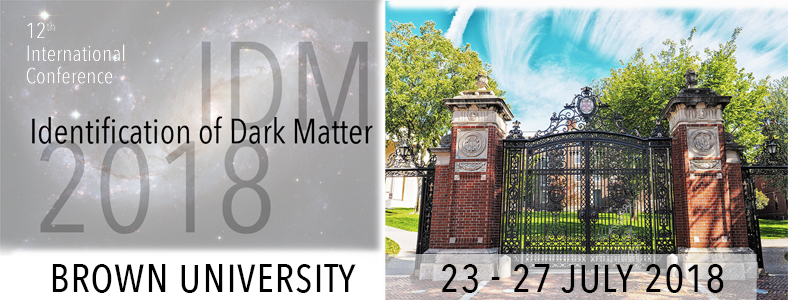Speaker
Description
New decay channels for the neutron into dark matter and other particles have been suggested for explaining a long-standing discrepancy between the neutron lifetime measured from trapped neutrons versus those decaying in flight. Many such scenarios are already ruled out by their effects on neutron stars, and the decays into dark matter plus photon or electron-positron pair have been experimentally excluded. In this talk, I will present a scenario in which the neutron decays into 2 invisible particles: a dark Dirac fermion and a dark photon. This setup can be consistent with all constraints if the fermion is a subdominant component of the dark matter. I will discuss the limits on the model’s parameter space that are derived from the existence of two solar mass neutron stars, direct and indirect dark matter detection, supernova observations, and cosmological considerations.




